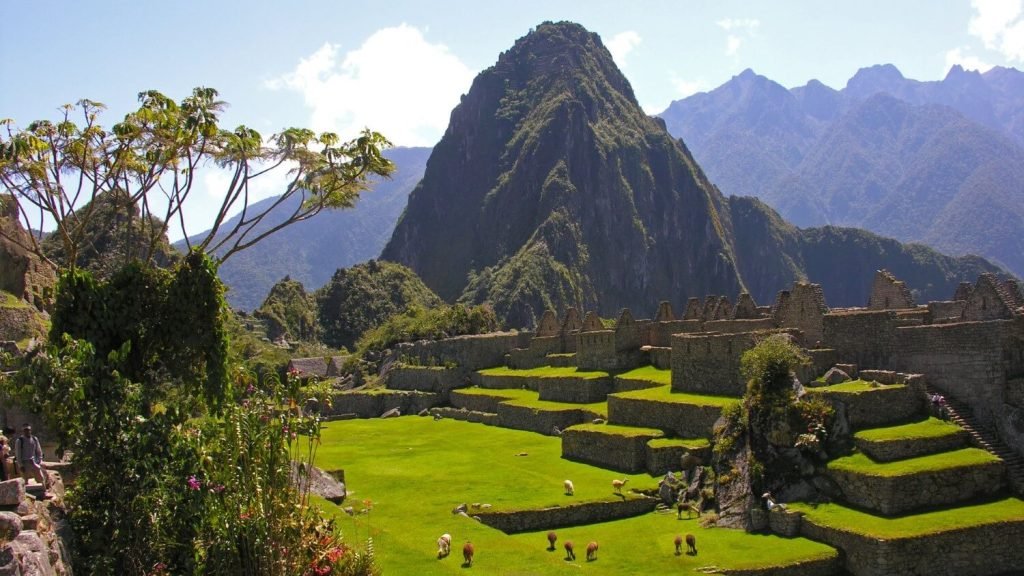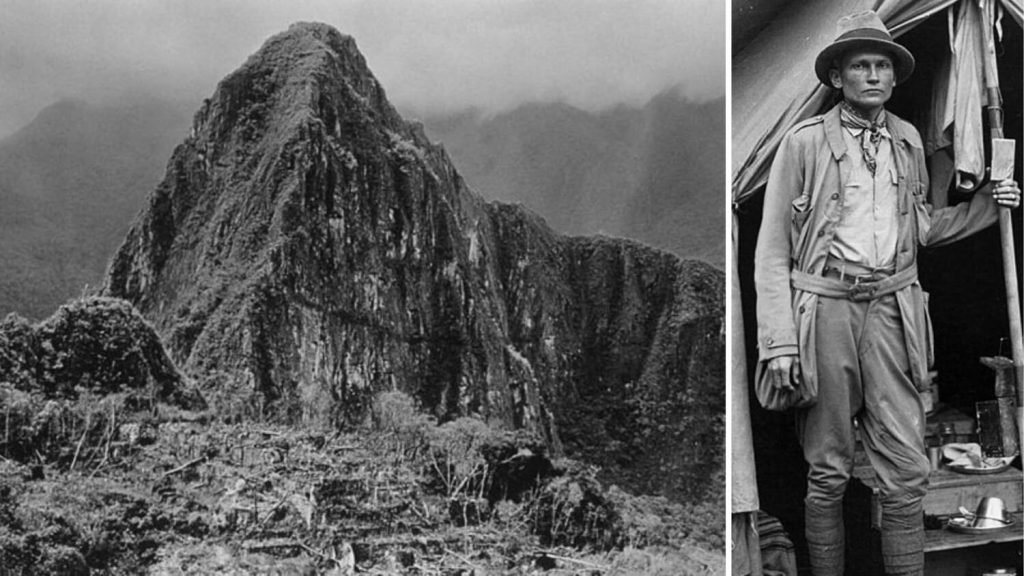It is popularly known that Machu Picchu, hidden in a mountainous landscape located northwest of Cuzco (Peru), functioned as a royal property or a place of great religiosity, of a sacred nature for the Inca leaders, whose civilization was practically annihilated during the 16th century because of the Spanish conquest. Over the course of hundreds of years, until the American archaeologist Hiram Bingham stumbled upon it in 1911, the existence of the abandoned citadel was a secret known only to local peasants. The archaeological complex extends over 8 km and has more than 3,000 stone steps linking its various levels. Today, hundreds of thousands of people trek Machu Picchu every year, braving large crowds and difficult climatic and geographical conditions to see the sun set over its imposing stone monuments and marvel at the mysterious splendor of one of the world’s most famous man-made wonders.
The Inca past of Machu Picchu
Historians believe that Machu Picchu was built at the height of the Inca Empire, which dominated western South America during the 15th and 16th centuries. It is estimated that its estancias were abandoned 100 years after its construction, around the time the Spanish began their conquest of the mighty pre-Columbian civilization in the 1530s. Despite the coinciding dates, there is no evidence that the conquistadors arrived or attacked the mountaintop citadel; based on these facts, some have suggested that the desertion and abandonment of the residents was caused by a smallpox epidemic that invaded the area.
Many current archaeologists believe that Machu Picchu served as a royal residence for Inca emperors and nobles. Others theorize that it was a place dedicated to religious worship, pointing to its proximity to mountains and other geographical features that the Incas considered sacred. In the years since Machu Picchu became known to the world, a multitude of alternative hypotheses have emerged, which scholars have also interpreted as a prison, a trading center, a station for testing new crops, a place of retreat for women, or a city dedicated to the coronation of kings, among many other alternative examples.
The “discovery” of Machu Picchu by Hiram Bingham
In the summer of 1911, American archaeologist Hiram Bingham arrived in Peru with a small team of explorers hoping to find Vilcabamba, the last Inca fortress to fall to the Spanish. Traveling by foot and mule, Bingham and his team entered the Urubamba Valley, where a local farmer told them of ruins located on a nearby mountaintop. The farmer called the mountain Machu Picchu, which in Quechua means “peak or old mountain”. On July 24, after a hard climb to the mountain ridge in cold and drizzly weather, Bingham met a small group of peasants who showed him the rest of the way. Guided by an 11-year-old boy, Bingham got his first glimpse of the intricate network of stone terraces that mark the entrance to Machu Picchu.
Bingham enthusiastically wrote down all his discoveries about this Andean site in a best-selling book, “The Lost City of the Incas,” which resulted in huge numbers of tourists desperate to see it flocking to Peru to retrace his steps along the once obscure Inca Trail. He also excavated artifacts specific to the Inca culture at Machu Picchu and took them to Yale University for analysis and study, sparking a custody dispute that lasted nearly 100 years. It wasn’t until the Peruvian government filed a major lawsuit and pressured President Barack Obama to return the artifacts that Yale agreed to complete their repatriation.
Although he is credited with making the citadel of Machu Picchu known to the world and the road used by tour buses to reach it is named after him, it is not a fact that Bingham was the first outsider to visit it. There are many indications that missionaries and other explorers arrived there during the 19th and early 20th centuries, but they were simply less explicit or had less acceptance of what they discovered there.

The site of Machu Picchu
In the middle of a tropical Andean forest or locally known as the “eyebrow jungle”, introduced in the eastern slope of the Peruvian Andes, the walls, terraces, stairs and ramps of Machu Picchu are perfectly integrated into their natural environment, standing out naturally within the mountain on which it rises. The fine stonework of the site, the terraced fields and the sophisticated irrigation system are testimony to the architectural, agricultural and engineering skills that the Inca civilization possessed and one of the reasons why their empire spread so strongly throughout the South American continent. Its central buildings are excellent examples of a masonry technique dominated by the Incas in which the stones were cut to fit together without adhesives, this practice is known as ashlar masonry.
Archaeologists have identified several distinct sectors that make up the city: an agricultural zone, a residential neighborhood, a royal district and a sacred zone. Among the most distinctive and famous structures at Machu Picchu are the Temple of the Sun and the Intihuatana stone, a sculpted granite rock that is believed to have functioned as a solar clock or calendar and determined the apparent solstice with great accuracy.
Machu Picchu at present
The citadel was named a World Heritage Site by UNESCO in 1983 and designated as one of the New Seven Wonders of the Modern World in 2007, Machu Picchu is the most visited attraction in Peru and the most famous ruins in South America, it welcomes hundreds of thousands of people a year. Increased tourism, the development of nearby cities and environmental degradation continue to take their toll on the site, which also serves as a refuge for many endangered species of flora and fauna. To avoid this, the Peruvian government has had to place great restrictions on the visitation and conservation of the archaeological remains in recent years.





